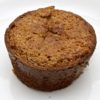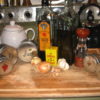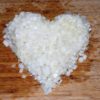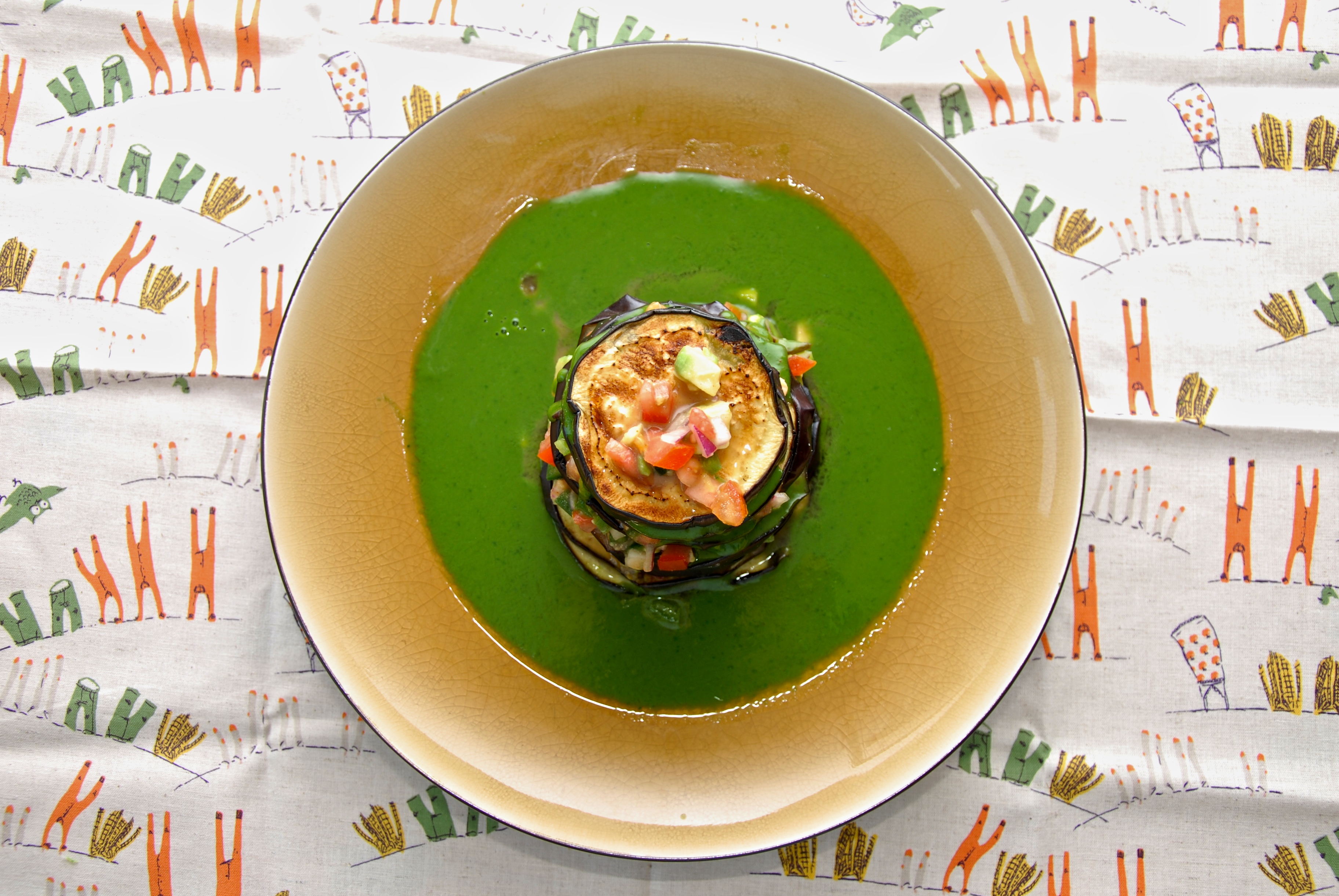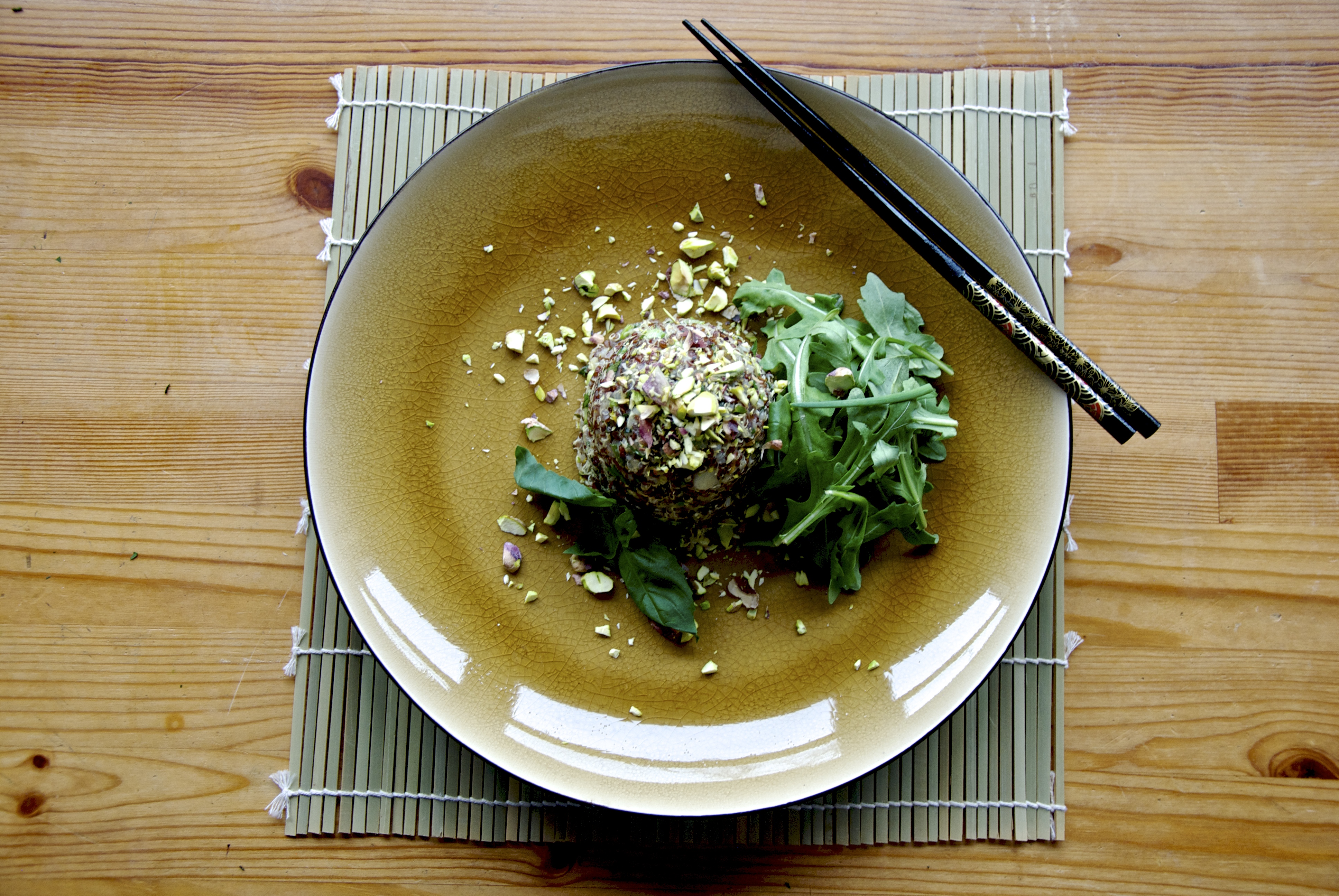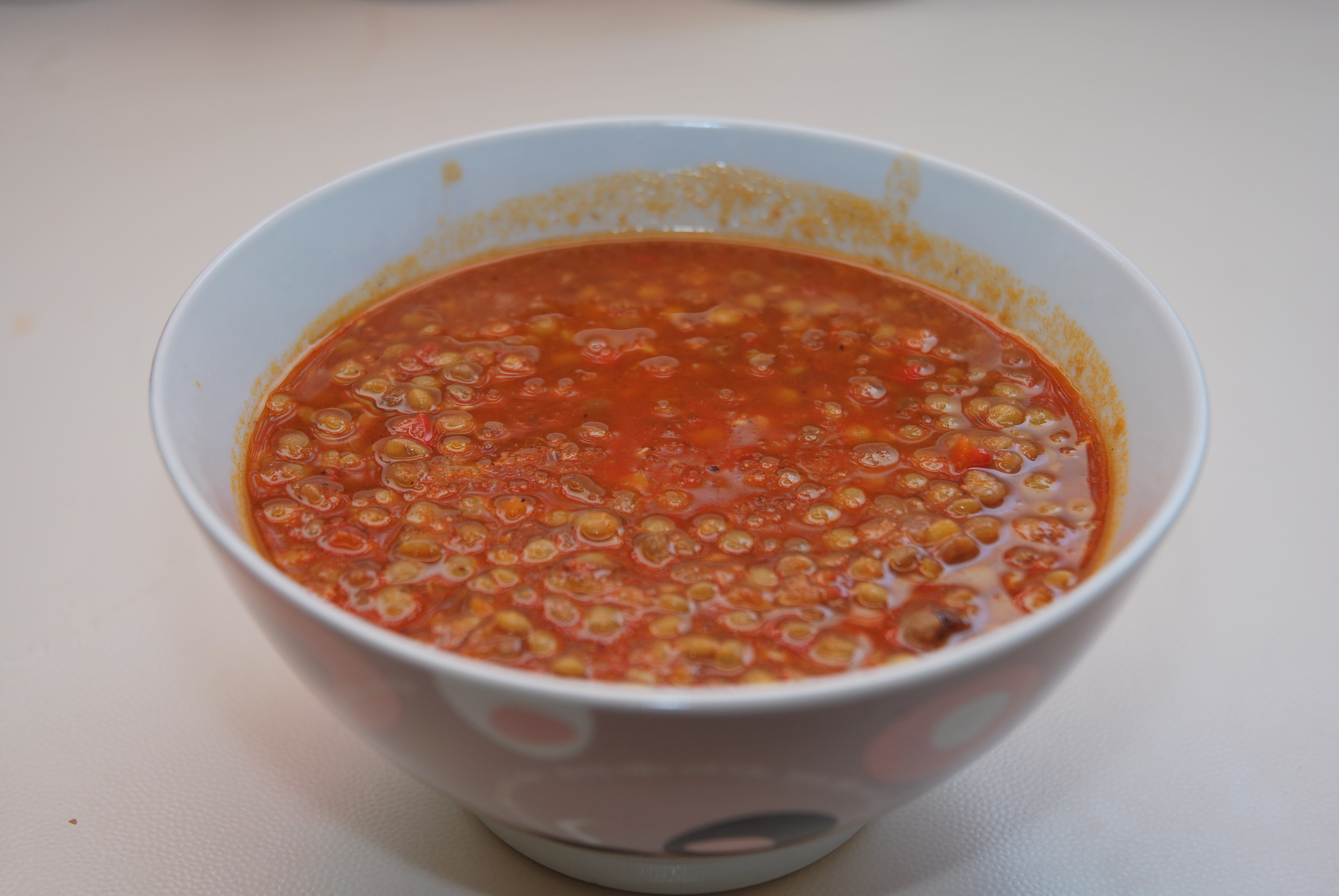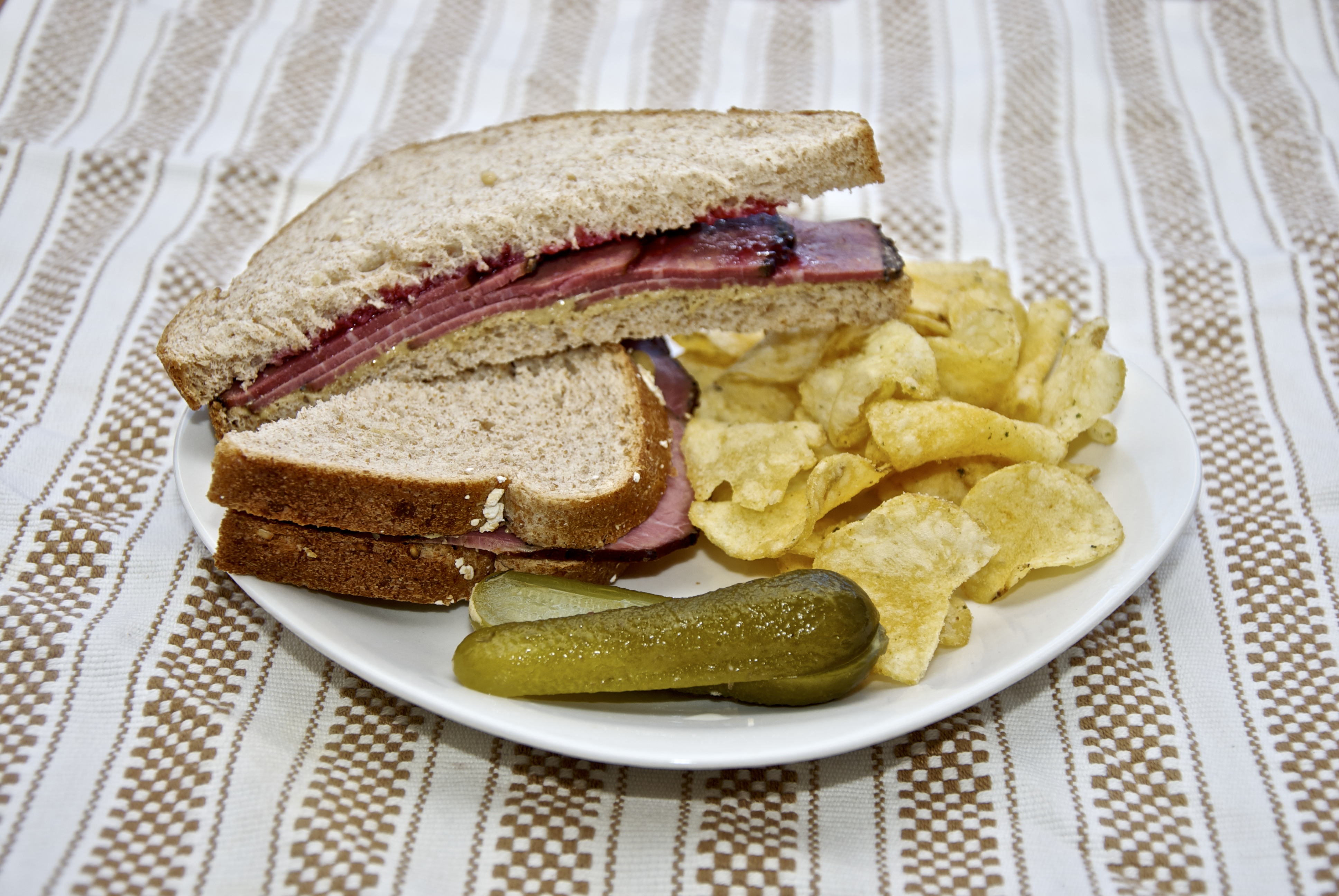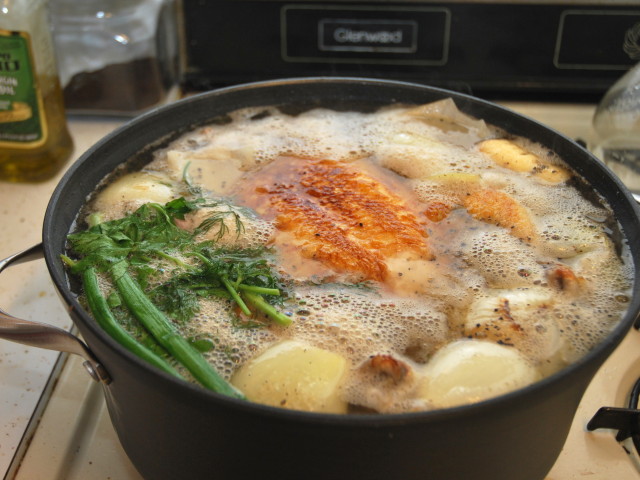
This blog had already made the two most famous brews: coffee and tea. The one item that is mostly used in cooking is the stock chicken stock, beef stock, fish stock, vegetable stock…. or is it broth? Stock or broth? Is it different? The terminology stock and broth can be confusing not only to the daily household user, but also chefs all over the world. It is actually said that many languages do not have two different words for those two definitions. Even here in the US, the Department of Agriculture, for its purposes, uses the words interchangeably and does not define them as being different. In a few culinary schools define them different but are they? Well technically there are different at least in my book. According to the webster dictionary:
Stock:
1. is the goods or merchandise kept on the premises of a business or warehouse and available for sale or distribution.
2. a supply or quantity of something accumulated or available for future use
3. farm animals such as cattle, pigs, and sheep, bred and kept for their meat or milk; livestock
Stock in general is something that made to last longer to be used in a later time. Technically speaking the broth is made with a meat and is less concentrated than stock. Stock on the other hand is made primarily with the bones and the generally the leftover scraps of the kitchen. You debone a roast, before or after cooking, no difference, you fillet a fish, you dispatch a chicken, in all case you are left with a bunch of bones, that are not eatable, but certainly have flavor. Reach deep flavor. So stock is essential a brewing process that is made with the leftover scraps just to extract the essence of the bones. And not only that. In all cases bones are super loaded with gelatin. The protein that holds together the bones and the meat; the connective tissue. Gelatin is also a major component of the skin. The prolong boiling time will dissolve this gelatin making the stock a bit thicker, and once integrated in sauces they will help thickening and get this finger licking goodness. So for stock you need the bones and skin. Gelatin is in the bones and skin. For stock you need bones. I cannot stress this enough! Broth on the other hand is made with meat and usually is used with the meat that it was cooked with, as part of the dish. Stock is more special. You keep it and only a few tablespoons make avery dish deeper, reacher, more homie.
Today we will be making stock. Chicken stock.

You will need:
- A chicken, liver, giblets and all.
- Veggies. I was lucky enough to find at my nearby mega mart a nice bundle of joy… I mean of veggies. A carrot, a parsnip, a couple of stocks of celery, half a leek, and a n onion. No mater what the trinity you should absolutely include is carrots, onion, celery. All the rest are just secondary.
- Spices, if you want. I just use multicolor pepper.
- Herbs.
- Water. High quality water.
- Salt and peper

Start with the chicken. In a nice 6 Qt pot. Or another large pot. Do you dig mine? Oh yeah!

Start with adding oil in the pot.

Add the chicken carefully so you don’t slash the juices around. They can contain germies, like salmonella.

Let it sizzle and and brown. Yeah, technically you don ’t have to brown it, bit browning it, it will give it a different more deep flavor and a richer more complex aroma.

While the chicken is getting a tan, chop the veggies. Nothing fancy, just a rough chop.

Cut the top of the onion,

The root part. Peel it.

Cut in halfs.

Quarters.

And eighths.

Follow with some green onions.

Just the white part. The green we need it later.

By this time the chicken has a nice tan, so flip it by using the tongues.

And let the other side brown. This will take less time since the pan is already hot.

Now this is a tan.

The remaining fat in the pan.

Add the veggies and let them brown a little.

Add pepper,

and salt. Just to lightly season. You never know here you will use the stick, so having it underseasoned is actually better.

Once the veggies brown a little…

return the chicken in the pot,

And add all the liquid that came out of the chicken.

Follow with the water. High quality pure water. I used tap, but I measured it in a gallon jug.

Don’t forget the giblets!

And the herbs.

Once reaching a boil turn it down to simmer.

Leave the lid on, but half open so you can keep the heat in. Soon enough you will see the foam collecting on the top. Technically speaking we are making both since we boil the meat. You can always use only bones like wings, legs or reserved necks and spines of chicken. But if you want some meat you can start like this.

With a spoon remove the froth that floats on the top. A note here: The foam is not inedible. It is just nasty looking. The foam is just proteins leaving the chicken. When you roast the chicken you don’t skim anything. So don’t be grossed out. We skim it purely for esthetics. Many times I just leave it there and strain it later. It does however makes the stock cloudy.

Clean stock, just like that.

After about an hour cooking remove the chicken. It is so done, that is falling apart! The legs were detached from the carcass.

But not a biggie!

After about 3 minutes this what we left with! Bones. Meat. Breast meat. I like to separate the breast meat form the carcass as whole. They are the largest muscle group of the chicken so they can be used in other application. They are also oh, so special. Nicely brown. I guess it’s a personal thing.

Return the bones and the in the broth. Let the stock making commence. Don’t forget the cartilage! it essentially only gelatin. This is what you need.

The breast can be saved for later use.

The bones will give a little more froth, so once again skim it. You can remove else the fat that came out of the skin.

After another hour goes by, the bones have given it all. Everything is in the stock! So time to separate.

Use a strainer and a cheesecloth to strain it. Ok it is paper towels, but it get’s the job done,

Just pour it in the broth and let the strainer do the rest.

So you are left with nice dense, mahogany color broth. The rich color is mainly due to the browning of the chicken.

An in the pot: junk! Just throw these away. The veggies after two hours of boiling have given it all. They are reduced to mush.

Carefully return the stock to the pot. A final boil just before we use.

Some small particles that passed through the strainer made it to the stock are left behind.
What can you do with the stock? Glad you ask. I usually use some of it immediately and I freeze the rest. I make 2 cup bowls, ice cubes and 1 cup ice chunks. You can use them the same way you will use a bouillon, but this is way better. And since it is under seasoned you won’t introduce a lot of salt or pepper in the dish. For the immediate consumption I do this:

Add some of the meat in bowl.

Add the stock, season with salt and pepper, lemon and garnish with lemon. Lot’s of lemon!!!

The stock also freezes beautifully! Stock and meat any time!



